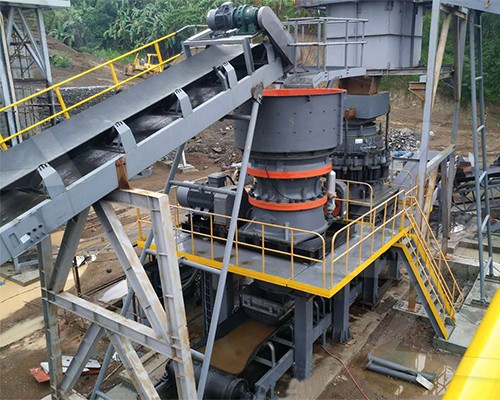The copper ore beneficiation process is crucial in ensuring the efficient extraction and processing of copper minerals. This process involves several stages, including crushing, grinding, flotation, and dewatering, with the objective of obtaining high-purity copper concentrate. A well-chosen crusher plays a vital role in the initial stage, determining the overall efficiency and cost-effectiveness of the beneficiation process.

1. Primary Crushing: The first step in the copper ore beneficiation process involves primary crushing. A jaw crusher is typically used to reduce the size of the copper ore into smaller, manageable pieces. The primary crusher reduces large ore blocks, making them easier to handle in the subsequent steps. The aim is to break the ore down to a size that facilitates further processing and allows for better mineral liberation.
2. Secondary Crushing: Once the ore is reduced in size by the primary crusher, it is fed into a secondary crushing stage, usually using cone crushers. This step ensures that the copper ore is crushed to an even finer size, preparing it for grinding. Cone crushers are preferred in this stage as they are highly efficient for handling medium to hard materials, such as copper ore, and ensuring a uniform particle size distribution.
3. Grinding and Classification: After the ore passes through the crushers, it enters the grinding stage where it is further reduced in size. Ball mills or SAG (semi-autogenous grinding) mills are commonly used to achieve the desired fineness of the ore. The crushed copper ore is ground into a fine powder, allowing the copper minerals to separate from the gangue. Classification equipment such as hydrocyclones then separates the finely ground ore, directing it towards the flotation process.
4. Flotation and Concentration: Flotation is the key process in copper beneficiation where the finely ground copper ore is mixed with water and chemical reagents in flotation cells. This mixture forms frothy bubbles to which the copper minerals attach. The froth is skimmed off, leaving behind the unwanted material. The concentrate obtained from this process contains a higher percentage of copper, making it suitable for further refining.
5. Dewatering and Tailings Disposal: The final stage involves dewatering the copper concentrate to reduce moisture content before it is sent for smelting. Dewatering methods may include thickeners, filters, or centrifuges. The waste material, or tailings, from the flotation process is managed to minimize environmental impact. Tailings disposal involves storing them in tailings ponds or using modern methods to recover valuable metals from them.
The copper ore beneficiation process emphasizes the importance of efficient crushers to maximize recovery rates while minimizing operational costs. Proper selection and use of crushers improve the overall productivity of the process.

